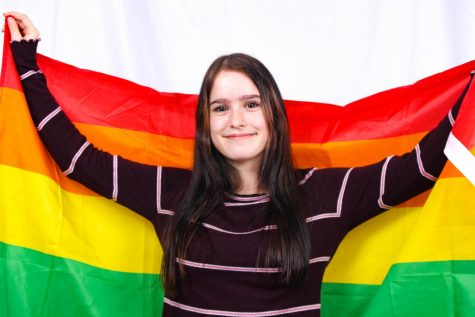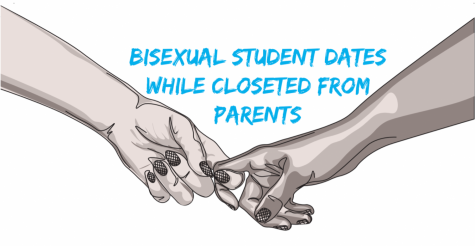Bullying
February 16, 2021
Although LGBTQ+ acceptance has increased in recent years, students still face difficulties. In a 2019 study by the Pew Research Center, 28 percent of Americans did not believe that homosexuality should be accepted.
The same year, the Southern Poverty Law Center reported that the number of anti-LGBTQ hate groups increased by nearly 43 percent and remained stable in 2020.
The SPLC identified these groups as any “organization that… has beliefs or practices that attack or malign an entire class of people.” Anti-LGBTQ groups were further specified to verbally and physically attack members of the LGBTQ+ community, as well as spread false propaganda.
I feel like we live right now in a state where it’s okay to be casually homophobic.
— Sydney Benson, 11
Junior Sydney Benson believes that homophobia is tolerated to some degree.
“I look back when I was a kid, and it’s so ingrained to be homophobic, to be transphobic,” Benson said. “I feel like we live right now in a state where it’s okay to be casually homophobic.”
This can also be seen in schools. In 2017, the Gay, Lesbian and Straight Education Network reported that 70.1 percent of LGBTQ+ students experienced verbal harassment at school because of their sexual orientation, while 28.9 percent were physically harassed.
UNT alumni Gabby De Lima Rosa wrote her thesis about how K-12 educators in Texas interpret and implement policies that directly affect LGBTQ+ students. During her research, she found bullying to be a major issue.
“Why you hear a lot of bullying against LGBT people… in Texas, is that they don’t really fit into the mold that has been created and put into place to keep America the way that it is,” De Lima Rosa said. “To keep American society thriving and keep that heteronormativity.”
In the same study, the GLSEN reported that 59.5 percent of LGBTQ+ students felt unsafe at school because of their sexual orientation. The survey also found that 34.8 percent of those students missed at least one day of school in the past month because of this.
LISD’s local policy regarding bullying states that prohibited conduct includes “harassment or discrimination on the basis of race, color, religion, sex, gender, national origin, or disability.” Although the bullying policy does not specifically mention sexual orientation, the student handbook prefaces a list of examples of gender-based harassment by stating it is “regardless of the student’s or the harasser’s actual or perceived sexual orientation or gender identity.”
Assistant Principal Kyle Smith said that all bullying on campus, including any on the basis of sexual orientation, is not tolerated.
“We want everybody to be treated fairly and respectfully and if they can’t be treated that way, then it has to be dealt with in a disciplined manner,” Smith said. “If they’re being bullied or harassed or something like that, then administration would get involved and then handle it appropriately.”
Although homophobia can be difficult to deal with, De Lima Rosa believes that there is a better future for the LGBTQ+ community.
“I think we’re going toward a direction where more people are going to have more rights,” De Lima Rosa said. “That’s why we see so much backlash.”

